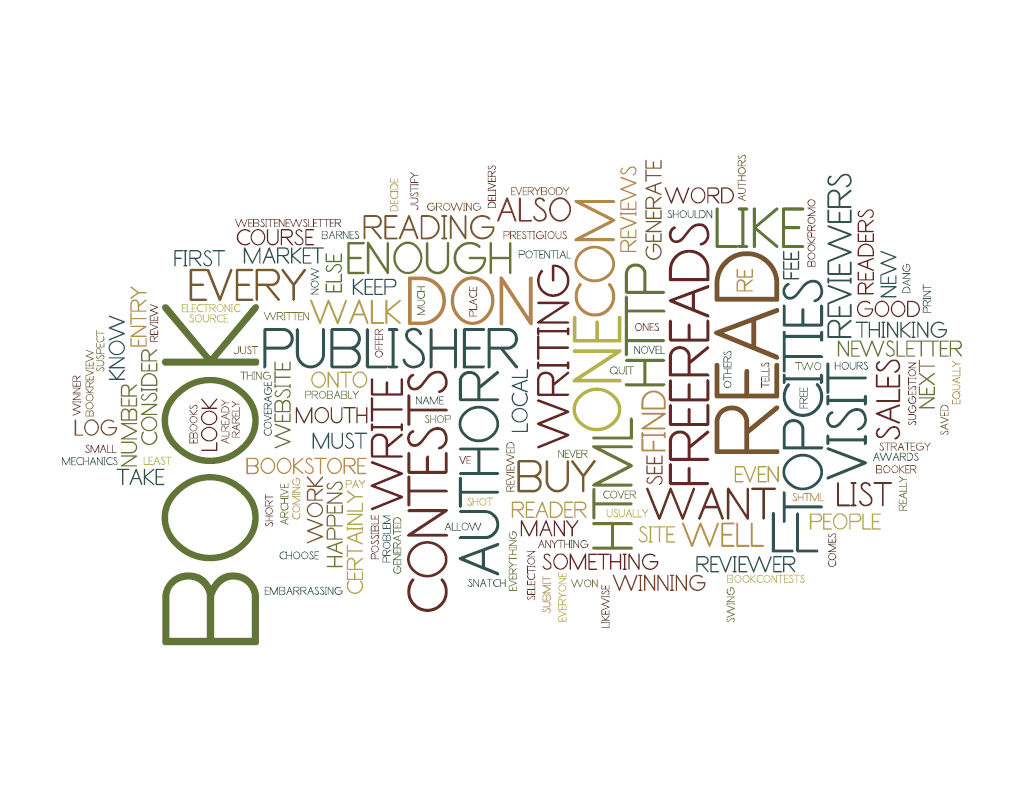What is self-publishing?
This is one of the most common questions that I’m asked, and I want to address it in this first blog post because it’s so vital.
Self-publishing is an exciting new concept where you, the author, are able to create and sell high-quality books on your own. It’s been made possible by trends and technologies in the publishing industry that allow authors to have complete creative control of the process and access to tools once only available to big companies.
The Big Five
To fully understand self-publishing, we have to start with traditional publishing. The biggest secular publishers in the United States are members of a group called the Big Five: Penguin Random House, HarperCollins, Simon & Schuster, Hachette, and Macmillan. Together, these publishing houses account for approximately 80% of all US book sales.
These huge companies can be hard to reach for first-time authors. To get a deal with a traditional publisher, a new author must start by seeking a literary agent with industry connections and a proven track record to submit a manuscript on his or her behalf. If the manuscript is accepted and a suitable contract is offered—wonderful! But more often than not, the agent moves on to the next acquisitions editor (that’s an editor who finds new books to publish), then the next, and so on. This process can take many months or even years, and there’s no guarantee that an author will ever receive a publishing contract—not even for a great manuscript!
Once a contract is negotiated and signed, the publisher is responsible for making sure a book sells. Whole teams of in-house professionals edit, design, print, and market books with one goal in mind—selling as many copies as possible.
The Indies
If an author isn’t signed by a Big Five publisher, he or she can try working with small presses or independent publishers (sometimes called “indies”). These companies are often on the lookout for new talent, and many of them are niche publishers, focusing on a select area or genre. The small press operates with the same basic business model as a traditional publisher—the publisher invests his own resources to produce and promote the author’s title—but indies just don’t have the same resources as the Big Five.
At one time, books from indie publishers were overlooked by big book reviewers and publications, but today many of the best-selling titles actually come from independent publishers. There are many more indie publishers than Big Five companies, and it can be easier to reach one of these small presses. At the same time, because of their niche nature, small presses are often looking only for very specific types of books.
Vanity Presses
In what’s known as vanity presses, on the other hand, the author pays the publisher to produce a book. The benefit of going this route is that there’s no barrier to entry, as long as you can afford the price. The rate of author compensation—called “royalties” in the industry—is better, too, since the author is investing and risking his own capital. Typically, you can’t expect the same level of support for marketing your book from a vanity press as you would from a traditional publisher.
Jewish Publishing
The same models of publishing that exist in the secular publishing world also exist in the world of Jewish publishing. There are traditional publishers, such as ArtScroll, Feldheim, Israel Bookshop, and Judaica Press, who capture the lion’s share of book sales, and there are a number of small publishers with operating models like indie publishers and vanity presses.
Self-Publishing in Context
Now, let’s get back to self-publishing. Where does it fit into the big picture of publishing? The answer is that it is a new publishing model that came about as the result of trends in publishing and advances in technology.
The 1990s totally transformed the publishing industry. First came the e-book, a technology that created digital versions of books. Then the Internet made the sale of e-books quick and easy. E-books became so popular that sales of printed books tanked, wreaking havoc on traditional publishers and brick-and-mortar bookstores. The result of this downtrend was that authors were receiving less in royalty payments, and at the same time, they were expected to do more of the marketing of their books on their own. Naturally, many authors found the situation less than desirable and sought a better way to profit from their writing.
Enter technology number three: print on demand. With this technology, a publisher no longer needs to invest heavily in large print runs, shipping, and warehousing books. Titles can be produced as they’re needed, one at a time. With the low costs of print-on-demand publishing, authors can control their own publishing.
No longer does an author need a publisher to transform his manuscript into a book and distribute it throughout the world. Today any author can be his own publisher, utilizing technology to mimic the established publishers but bypassing the gatekeepers of traditional publishing and the high costs of vanity presses.
The new world of self-publishing is incredibly exciting, but I must caution you not to be too hasty! Although it is easier than ever to publish your book, that doesn’t make it easy to succeed at it.
Why not? Find out in my next blog post.


Leave A Comment